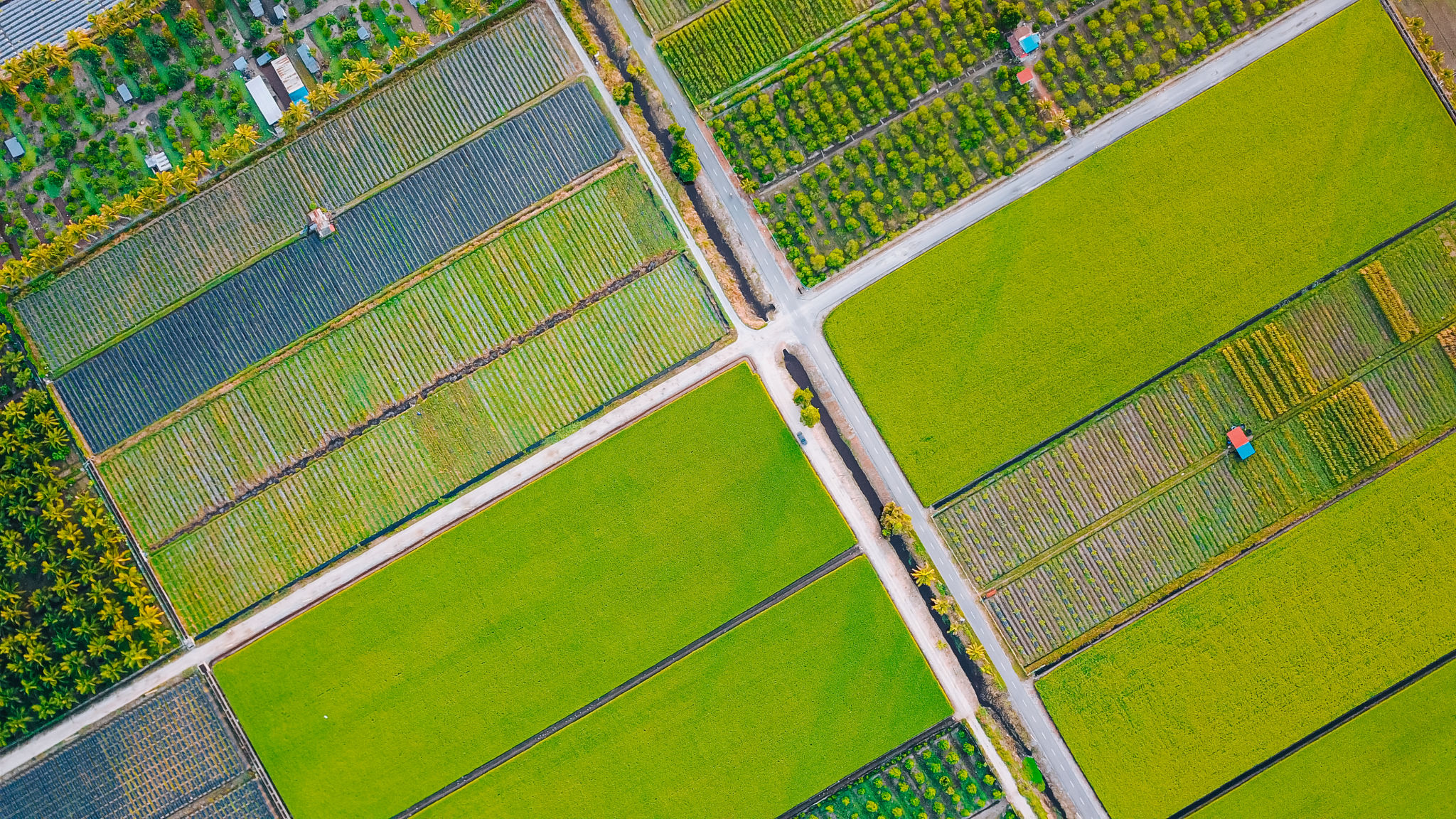The Role of Plant Extracts in Sustainable Dye Production
Understanding Plant Extracts in Dye Production
As the demand for sustainable practices grows, industries are turning to eco-friendly solutions. One such area is the dye production industry, where plant extracts are emerging as a viable alternative to synthetic dyes. These natural dyes are not only environmentally friendly but also provide unique colors that are difficult to replicate with synthetic options.
Plant-based dyes have been used for centuries, with roots in ancient civilizations. Today, they are being revisited as part of a broader movement towards sustainability. By harnessing the natural pigments found in plants, manufacturers can reduce their reliance on chemical dyes, which often contribute to pollution and waste.

Advantages of Using Plant Extracts
One of the primary benefits of using plant extracts is their **biodegradability**. Unlike synthetic dyes, which can persist in the environment, plant-based dyes break down naturally, reducing their ecological impact. This makes them an excellent choice for companies looking to minimize their carbon footprint.
Additionally, plant extracts can be sourced sustainably. Many plants used for dyes, such as indigo and madder, can be cultivated without the need for harmful pesticides or fertilizers. This not only benefits the environment but also supports the livelihoods of farmers who grow these crops.

Challenges in Plant-Based Dye Production
Despite their advantages, plant-based dyes are not without challenges. One major issue is **color consistency**. Natural dyes can vary in shade due to differences in plant growth conditions, making it difficult to achieve uniform results. This can be a significant hurdle for industries that require precise color matching.
Furthermore, the extraction process for plant dyes can be labor-intensive and time-consuming. It requires expertise to ensure that colors are extracted efficiently and sustainably. Nonetheless, advancements in technology are helping to streamline these processes, making plant-based dyes more accessible.
Innovations in Sustainable Dyeing Techniques
Recent innovations are addressing some of the challenges associated with plant extracts. New methods are being developed to enhance the colorfastness of plant-based dyes, ensuring that they remain vibrant and stable over time. Additionally, research into hybrid dyes that combine plant extracts with minimal synthetic additives is showing promise.

Moreover, collaborations between scientists, designers, and manufacturers are fostering **creative solutions**. By sharing knowledge and resources, these collaborations aim to overcome the limitations of plant-based dyes and expand their application across various industries.
The Future of Sustainable Dyes
The future of sustainable dye production looks promising as more companies recognize the potential of plant extracts. By continuing to invest in research and development, the industry can enhance the performance of natural dyes and broaden their use. This shift not only benefits the environment but also satisfies consumer demand for eco-friendly products.
In conclusion, plant extracts play a crucial role in sustainable dye production. By embracing these natural alternatives, industries can contribute to a more sustainable future while offering products that are both beautiful and environmentally responsible.

